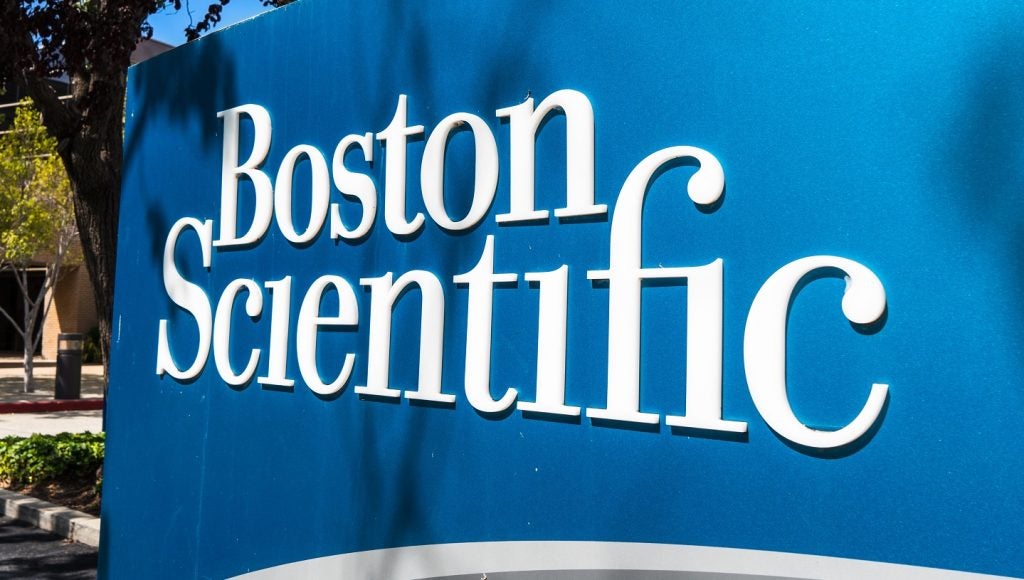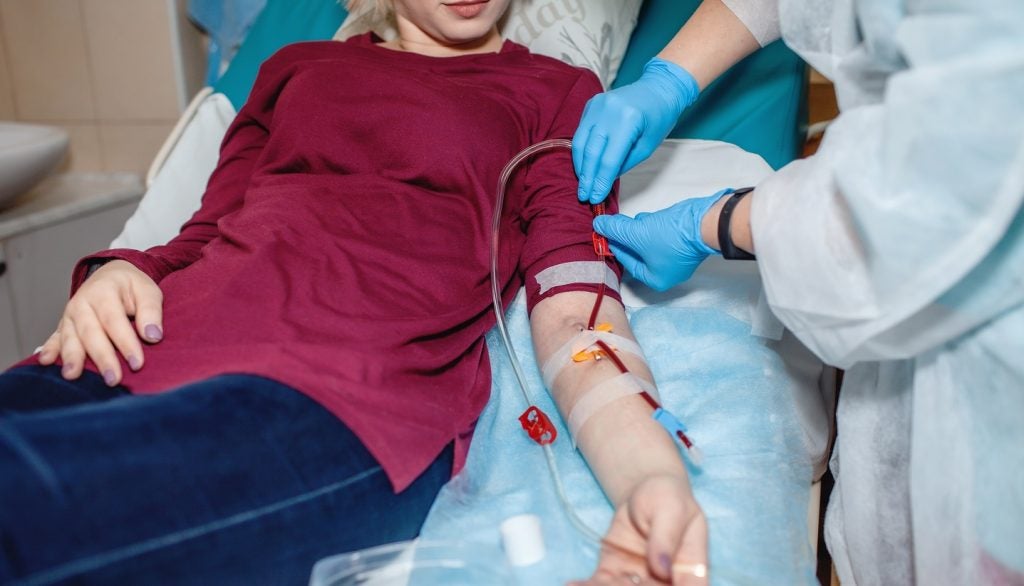New packaging technologies developed in recent years offer a large variety of solutions for the packaging problems associated with medical products. In particular, technologies such as flip-chip assembly and thin silicon dies have facilitated the miniaturisation process for products such as medical implants. The new technologies offer highly integrated, mechanically flexible products with good long-term reliability.
There has been a general trend towards miniaturisation in recent years driven by mobile consumer products, especially in the telecommunications and consumer sectors. Products using advanced electronic packages are becoming smaller, thinner and lighter. This miniaturisation makes integrated electronic modules more and more interesting to the medical industry, where they can be used to provide intelligent mobile diagnostic and therapeutic devices that can significantly increase a patient’s quality of life.
In addition to being small, medical devices must possess two other important properties. They must be highly reliable – as premature failure can affect a patient’s health or even endanger his or her life – and they must be biocompatible. These two requirements are driving the development of materials suitable for system integration in the medical field.
FLIP-CHIP TECHNOLOGY
For highly integrated, highly reliable systems, flip-chip processes using non-housed integrated electronic circuits, sensors or even actuators (in insulin pumps, for example) are a key technology. Here, protruding contact elements called ‘bumps’ are added to the chip’s contact pads, and the chip is placed face down on the carrier substrate. The electrical and mechanical interconnections are made simultaneously. The resulting modified chip is only slightly larger than the bare silicon chip which carries the device’s functionality. The typical thickness of such an assembly is a mere 0.5mm.
See Also:
Flip-chip technology on flexible, foldable substrates can substitute for and complement conventional SMD or wire bonding processes to produce a high degree of miniaturisation in medical applications. A variety of technologies are used in flip-chip processes, ranging from soldering to adhesive techniques, offering solutions for a wide diversity of applications.
How well do you really know your competitors?
Access the most comprehensive Company Profiles on the market, powered by GlobalData. Save hours of research. Gain competitive edge.

Thank you!
Your download email will arrive shortly
Not ready to buy yet? Download a free sample
We are confident about the unique quality of our Company Profiles. However, we want you to make the most beneficial decision for your business, so we offer a free sample that you can download by submitting the below form
By GlobalDataThe technology has been applied successfully in pacemakers, and retinal and auditory implants. New developments, such as eye implants for the permanent monitoring or treatment of vision impairment, are close to being approved.
Future developments will include ‘invisible’ monitoring devices, such as sensor ‘band aids’, or ‘sensor shirts’ where microelectronic devices are integrated into clothing. Such applications will close the gap between medical therapy/diagnosis in hospital and the ubiquitous monitoring of patients with health risk factors as part of their everyday life.
ULTRA-THIN SILICON DEVICES
One factor that has been crucial to these new medical applications has been the development of ultra-thin silicon devices. Integrated circuits (ICs) less than 50µm thick, which can minimise the total height of an assembly to the width of a human hair, are enabling a range of flat and flexible systems.
Thin electronic chips now have a high degree of mechanical flexibility comparable with polymeric foils, making them ideally suited to assembly on polymer tapes. They can also be used in 3D packaging technologies.
The requirement for long-term reliability, especially in implanted devices, is high. Fortunately, the application of advanced assembly technologies leads to increased reliability as potential failure sites are eliminated.
ASSEMBLY TECHNOLOGIES
A number of flip-chip technologies are available for the assembly of unpackaged chips (bare dies) on flexible circuit boards. Generally, conventional flip-chip processes can be used on flexible substrates capable of withstanding the process temperatures and pressures. But one major step forward has been the handling of the flex during processing to achieve a high yield while maintaining the required product reliability.
REDISTRIBUTION
Flip-chip assembly has been successfully demonstrated down to 40µm contact pitch. However, high-volume processing using conventional SMD infrastructure can only achieve a contact pitch of 200µm or more, while in modern, highly integrated ICs, contact pitches are typically smaller. Rerouting technologies have been developed to tackle this constraint, allowing the utilisation of the ICs manufactured today with SMD-compatible high-volume manufacturing equipment.
One rerouting technology uses photo BCB dielectric material and sputter- or electro-deposited copper. The technology allows the rerouting of the peripheral pads to the full area of the chip, resulting in an array pitch of 0.5mm that can be easily processed using modern manufacturing infrastructure.
For dedicated pads, a 100µm line thickness can be used to facilitate the conduction of larger currents over the redistribution length without significant voltage loss. The technology has been applied successfully to a chipset for a new generation of pacemakers by Biotronik, based in Germany.
REFLOW SOLDERING
Flip-chip assembly using mainstream infrastructure and employing solder and the reflow soldering technique is the standard approach to obtaining miniaturised packaging. The electronic dies are typically bumped (provided with their contact elements) by electroplating or stencil printing on electro-less Ni/Au on wafer level. The singulated dies are then placed on the printed circuit board and soldered in a conveyor oven at the same time as adjacent peripheric electronic components.
Due to the imminent ban on the use of lead solder, flip-chip soldering using lead-free solders has been investigated in recent years, and good progress has been made. Polyimide-based flexible circuit boards have been produced commercially using lead-free eutectic PbSn solders. This combination will be useful for future applications where high reliability is required.
For multi-chip modules and system-in package technology, compatibility with the assembly of the necessary SMD components is the key advantage of flip-chip reflow soldering over competing processes.
The same technology can be used to produce thin sensors or ‘band aids’, which monitor body parameters (temperature, pulse and such) and have an RF interface to a central unit worn close to the body.
ADHESIVE BONDING
Adhesive bonding using Anisotropic Conductive Adhesive (ACA) is a well-known and successful technology for the assembly of fine-pitch driver ICs on glass for LCD applications. Recently, ACA and also non-conductive adhesive bonding have shown great promise as technologies for mounting conventional and thin ICs on flexible substrates in medical devices.
The process requires a pad metallisation on the die, typically of electroplated Au, electro-less Ni/Au or electro-less Pd. The deposition of the adhesive can be performed by dispensing, stencil printing or dipping, depending on the positioning accuracy and volume control required.
Bonding is performed using a flip-chip bonder which maintains the bonding pressure and temperature over the curing time of the adhesive (5–20 seconds). The short cycle times possible with these new-generation materials allow high-volume production at low cost.
The process provides the electrical contact by clamping the conductive filler particles of the adhesive between the bumps and the conductor line. The resulting contact resistance for 100µm contacts is ≤20mΩ, as there are only a few particles on the contact area. On flexible substrates, these processes produce a low-profile module with good reliability in ambient and operating temperatures below the glass transition temperature of the adhesive.
One medical use for this technology currently being investigated is in eye implant applications. These implants are based on thin PI substrates of 10µm with gold conductor lines. As these devices are implanted, the need for miniaturisation and mechanical flexibility is extremely great.
FUNCTIONAL AND RELIABLE
Reliability is vital in medical devices, and new technologies have to be tested thoroughly before being applied in this area. By way of example, the reliability of reflow soldered flip-chip assemblies was tested using a test vehicle similar to the functional product. The chips were around 2mm x 4mm³. Generally, in medical applications, cost reduction is less important than reliability, so polyimide was chosen for the substrate.
The chips were bumped with electro-less Ni/Au as under-bump metallisation and, using an eutectic lead-tin solder paste, stencil printed on wafer level. After reflow, dicing and singulation of the chips, flip-chip assemblies were produced. The samples were subjected to temperature / humidity tests and thermal cycling. All samples successfully passed 10,000 hours of temperature / humidity testing and 5,000 cycles between 0°C and 100°C, underscoring the technology’s suitability for high-reliability medical products.
EXCELLENT SOLUTIONS
The packaging innovations of recent years offer excellent solutions to packaging problems in the medical devices field. Technologies such as flip-chip assembly and thin silicon dies have greatly assisted the miniaturisation process in products such as medical implants. These new technologies will help the medical devices industry produce mechanically flexible, highly integrated products that are also extremely reliable.





